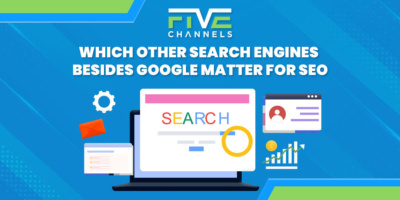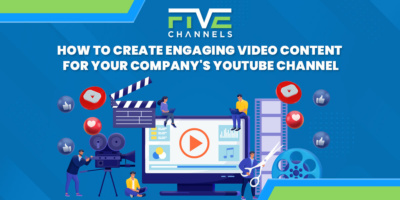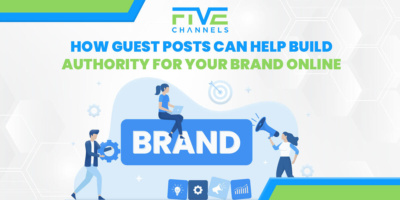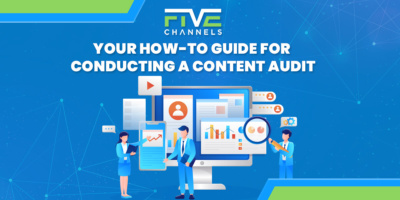The estimated amount spent on advertising and marketing is nearly $400 billion.
A lot of businesses see the benefit of advertising and marketing, which is why so much is spent on each of them. So, what exactly is the difference between marketing and advertising, and how do you know which is right for your business?
There’s a lot to know between marketing and advertising. You need to know how they can benefit your business and what makes them unique. When you have a better understanding of them, you understand how each of them can benefit you.
Here’s a detailed guide that breaks down what marketing and advertising are, and how they can help businesses.
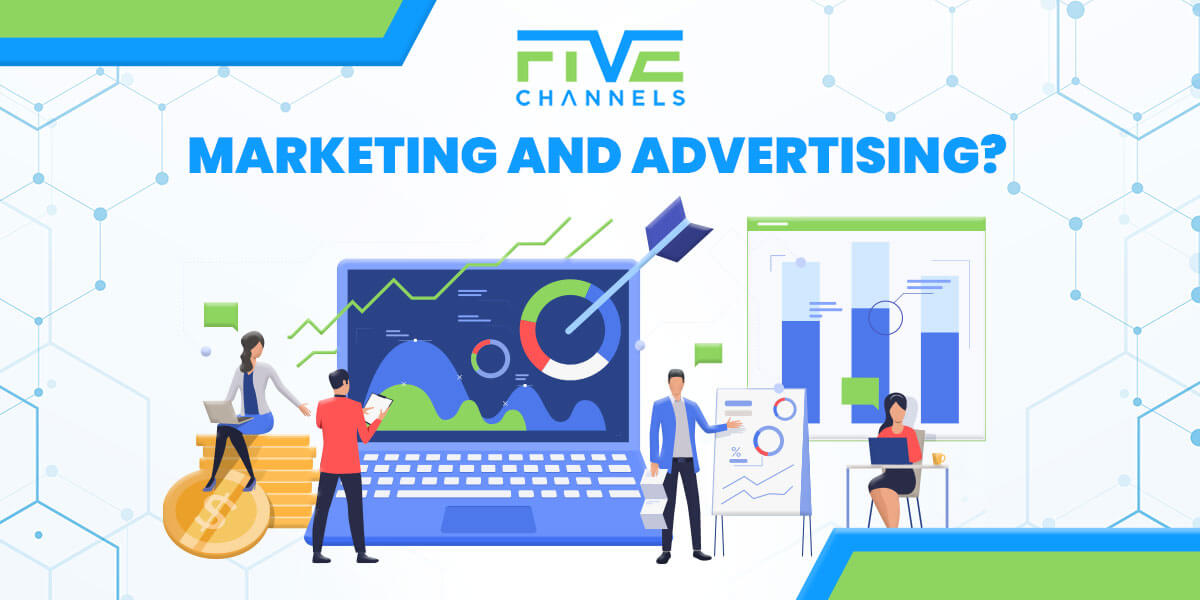
What is Marketing?
Marketing is the strategy behind advertising. It’s the target market, the costs, the analysis, and the ultimate strategy that you may not see as a consumer.
Advertising is the message that the user sees in order for them to take action. It’s what you do that can help you sell more products.
For example, when you see a Coca Cola commercial, that’s an advertisement. When you are trying to figure out the target market for the commercial and how to create the commercial, that’s marketing.
Here’s a further breakdown of marketing.
Target Market
Before you create advertising or know who your product is designed for, you need to know who you are serving. You need to know your target market.
This is the most basic part of marketing. When you’re trying to understand marketing, you have to know first and foremost who you are helping. You need to know everything about them because it’s what your business is dependent on.
You need to know their age, gender, what their interests are, and how you can help them solve a problem. Research on your target market will guide your advertising.
When you know information about your target market and what kind of problems they have, then you have a better idea of how to serve them.
You know what kind of content they want to read or what ads appeal to their needs the most.
Your target market is also what makes your business unique. When you serve a specific market rather than a broad market, you are choosing to help people overcome a specific problem. You aren’t trying to serve everyone.
The Demand for the Product
Marketing is also knowing and assessing how your product should be marketed. You are researching and figuring out what kind of product you need to create that will have an appeal to a specific market.
For example, if you were to open a hamburger joint in a specific city, you would need to do market research to figure out if people in that city would eat hamburgers. You need to figure out if there’s an influx of hamburger joints already in that city.
Marketing is about understanding how valuable your product is to a specific audience. This is why you need to do market research on your product and make sure whatever you create is going to be of some value to whoever you are serving.
Your Brand
Marketing is also about creating a brand. This is what distinguishes you from your competitors.
Your brand is what makes you memorable and tells a story about your consumers. For instance, if a consumer were to see your brand logo or design somewhere, they should immediately feel like you can solve a problem for them.
They should feel like your brand stands out.
Marketing is about figuring out how to express your brand. It’s about how to create a trustworthy brand that defines your business. It’s about how to convey your story so that it gives your business credibility.
This is another reason why market research is important. The more you know about your target market, the more you know how to create a brand that stands out.
What Makes You Unique from Your Competitors?
Another part of marketing is figuring out your unique selling proposition. This is about how you distinguish yourself from your competitors.
You have to figure out what makes your product better or different from your competitor’s product. You have to figure out what you are doing differently from the competitors that make you appear better to your target market.
The Place
Another part of marketing is figuring out how you are going to advertise your product. It’s knowing the placement.
This means figuring out how you are going to sell your product. You will need to assess if you are going to sell your product online like an eCommerce business or in a physical store.
The Price
The final part of marketing is knowing how to price your product. This is why research on your target market and your competitors is critically important.
You need to know how to price your services or whatever you offer that is going to give you a profit. You will need to figure out profit margins, what the opportunity costs are, marketing costs, and more.
Overall, when you master the marketing elements, you have a better idea of what kind of advertising strategy you need. You know what your target market is looking for and how you can help them.
What is Advertising?
Advertising is the means by which your consumer sees your product and decides if they want to buy it. Good advertising should spark curiosity from the consumer. It should invite them to take action.
For example, if someone saw a Facebook ad, it should make them want to take action on that ad. They should want to click on it and see how it can help them overcome a problem.
This is why advertising involves a lot of emotional appeals. Advertising works in conjunction with marketing. Marketing is the strategy, while advertising is the implementation of that strategy.
Here’s a further breakdown of advertising.
Understanding the Buyer Cycle
Advertising is about understanding the buyer cycle, which is knowing when someone is ready to buy from your business.
This is why you need an advertising strategy that involves consumer awareness. You need to figure out how to slowly build up this awareness until that consumer is ready to make a purchase.
It’s about taking the consumer from the initial awareness of your business to eventually the final stage which is the buyer’s stage.
Through each stage, the consumer should be receiving information about your business. They should be understanding how your product can help them.
This is why advertising is so important. There are different forms of advertising that communicate your brand to consumers who are different spots on the buyer’s cycle.
Here’s a clearer understanding of how advertising is used to communicate your product.
Social Media Ads
An example of advertising is social media ads. They are used to communicate your product in the form of pictures or videos.
For example, you can use Facebook ads to create a lead generation campaign, an awareness campaign, a website traffic campaign, and many other kinds of advertising strategies.
Social media ads are an example of how you can use advertising to promote your product. You can use it to excite people about your product.
Remember, it’s only after you’ve done the market research that you can do advertising. You should know a lot about your market before you do social media ads.
Another part of social media is influencer marketing. It’s becoming more common on social media to see an influencer advertising a product for someone’s business.
Influencer marketing is when someone who has a huge following because they are an influence, promotes your product on their social media page.
Email Marketing
Another part of advertising is email marketing. You can send various kinds of email campaigns to your market to advertise your product.
Email is a way to tell stories about your brand and how you can help people overcome a problem. Businesses are using email to send out sales and promotions, encouraging consumers to make purchases.
For example, you can create a series of seven emails that each tell a story about your product. This is a form of advertising, showing how your business is different. You are warming up your target market, eventually getting them to make a purchase from your business.
Organic Traffic
Organic traffic is usually perceived as content on your website. It’s organic because you are creating it and your target market is finding it organically.
When you create content, you are advertising your services. You are showing what your business does to help people. This is a great way to advertise your product for free.
Creating content on your website about your product and writing about how your product helps people overcome a problem is a form of advertising.
You can also incorporate SEO strategies to enhance your content advertising. You can use keywords and meta descriptions to improve your overall Google search engine ranking.
Paid Traffic
PPC ads are a form of paid traffic. You are paying a search engine platform like Google to show your ads on top of someone’s’ search.
PPC is another form of advertising because you are showing someone your product. You are encouraging them to buy from your business.
With PPC ads, you are trying to advertise your website. You want people to visit your website and make a purchase from your business.
Paid traffic is also a way of accumulating leads. You are reaching out to different consumers who are at different stages in the buying cycle. You are spreading more awareness in your business.
Ad Copy
Now that you know how advertising works, it’s important to know what makes advertising so effective. You need to know what goes into advertising that gets people to take action and make a purchase.
One of the strategies that are involved in advertising is writing ad copy. You need to know how to appeal to someone’s emotion.
For example, if you were writing ad copy for people who are getting married and need a wedding planner, you would want to write ad copy that is centered on the stress of planning a wedding by yourself.
Your ads should highlight the stress of organizing weddings and what could go wrong. You could also address how a wedding planner makes everything easier and often creates the perfect wedding.
This is how you bring emotion into your advertising. You want to discuss the pain points, which are critical in advertising.
Talking about the point of not having your product and then highlighting the benefits of your product is a way to appeal to the target market’s emotion.
Ultimately, when you write advertising campaigns, you are writing about your market. You are writing about their problems and how you can help them overcome them.
Now You Know the Difference Between Marketing and Advertising
Knowing the difference between marketing and advertising is critical for your business. You need a marketing strategy in order to develop an effective advertising strategy. This is why knowing everything about your target market is so important.
Learning about your target market’s behavior will help you create an effective product. It will help you make yourself unique to your competitors and to your ideal customer.
Ultimately, marketing and advertising work hand-in-hand. There always needs to be market research before an advertising plan is put forth. You need to research everything about your market in order for your campaigns to be successful.
If you would like a free marketing review of your business, you can access one here, or contact us at any time.
Owner and Chief Marketing Officer, Jason Hall, and his team specialize in creating brand awareness / traffic and lead generation / marketing funnel and conversion optimization, while utilizing the appropriate marketing channels available within your industry. With diverse clients throughout the world, Jason's team is well connected within many industries to assist with your marketing strategies. With no long term contracts and various levels of service, Jason's team will increase the quality of your online traffic, leads, and sales.
About the author...
Located in the heart of the Emerald Coast - Destin, FL, founder and Chief Marketing Officer, Jason Hall, and his team specialize in creating brand awareness / traffic and lead generation / marketing funnel and conversion optimization / and PR campaigns, while utilizing the appropriate marketing channels available within your industry.
With diverse clients throughout the world, Jason's team is well connected within many industries to assist with your marketing strategies. With no long term contracts and various levels of service, Jason's team will increase the quality of your online traffic, leads, and sales.




